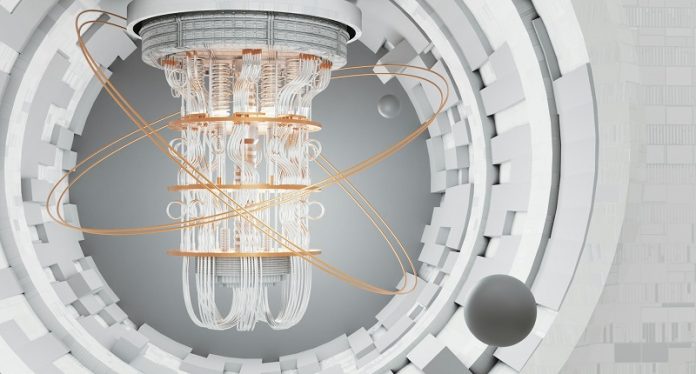
Physicists at the University of California, Irvine have discovered a brand-new state of quantum matter—something that has only existed in theory until now.
This breakthrough could one day lead to computers that power themselves and function reliably even in deep space, where intense radiation can destroy regular electronics.
Professor Luis A. Jauregui, who led the study, compared the discovery to how water can exist in different forms like ice, liquid, or vapor.
This new state is like another “phase” of matter, but one that happens in the strange world of quantum physics.
At the heart of the discovery is a special material made in Jauregui’s lab called hafnium pentatelluride. When the team exposed it to a very strong magnetic field—up to 70 Teslas, which is hundreds of times stronger than a fridge magnet—its electrical properties changed dramatically.
The material suddenly stopped conducting electricity in the usual way, signaling the appearance of a new quantum state.
What makes this state so unusual is the way electrons and “holes” behave. Holes are like the positive counterparts to negatively charged electrons.
In this new state, electrons and holes pair up and spin in the same direction, forming what scientists call excitons. These excitons behave like a glowing, high-energy liquid of particles.
“It’s its own new thing,” Jauregui said. “If we could actually hold it in our hands, it would shine with a bright, high-frequency light.”
The implications are big.
Because this new material can carry information using spin instead of electrical charge, it opens the door to a new kind of technology called spintronics. Spin-based electronics are more energy-efficient and potentially much more resilient to damage, especially from radiation.
That’s why the discovery could be especially useful for future space travel. In space, radiation from the sun and cosmic rays can damage electronics, making it hard to keep computers running reliably. But this new quantum material seems immune to that kind of interference, making it a great candidate for long-term missions, even to Mars.
The experiments were done in collaboration with researchers at Los Alamos National Laboratory and the National High Magnetic Field Laboratory.
The material itself was developed and tested at UC Irvine by Jauregui’s team, including postdoctoral researcher Jinyu Liu and several graduate and undergraduate students.
Although this discovery is still in the early stages, it could pave the way for a new generation of quantum devices—self-charging, energy-efficient, and radiation-proof. As Jauregui puts it, “We don’t yet know what possibilities this will unlock, but the potential is exciting.”



